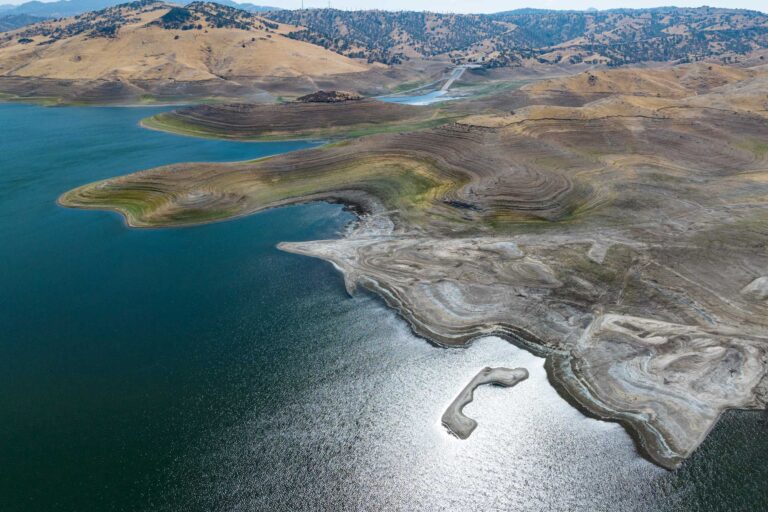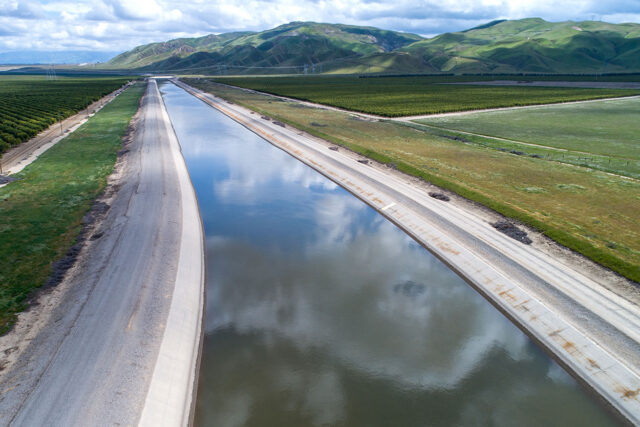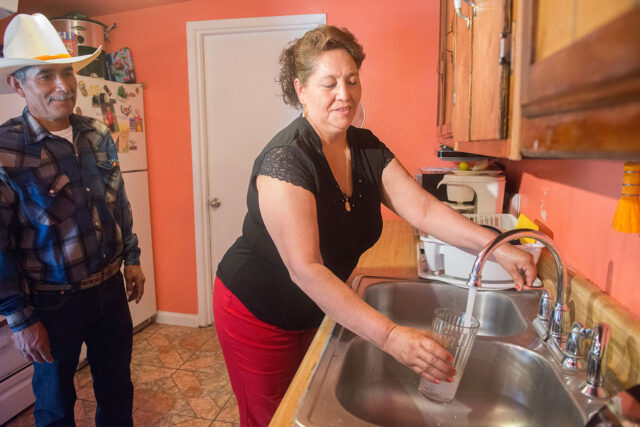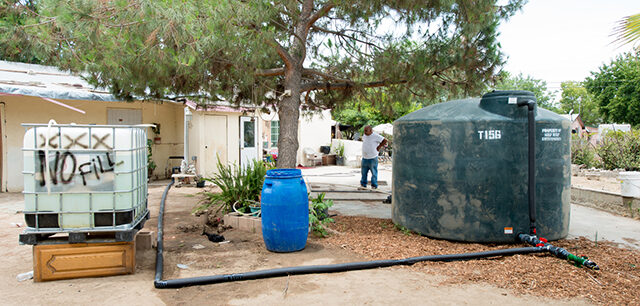Jennifer Pierre is the general manager of the State Water Contractors, which represents 27 municipal and agricultural agencies that receive water from the State Water Project (SWP). For two decades, she’s worked on Delta issues, environmental and regulatory compliance, and interagency coordination. We asked her to tell us about a proposed new pipeline that will complete a groundwater recharge, storage, and recovery project and allow distribution of stored imported water to the entire Antelope Valley region—including the communities of Lancaster, Palmdale, Rosamond, Mojave, Boron, and Lake Los Angeles—and help free up water for other communities in the San Joaquin Valley that are facing water insecurity.

Tell us about the new pipeline project.
The South North Intertie Pipeline Project, or SNIP, is a proposal to construct a seven-mile-long pipeline that will connect the Westside Groundwater Bank in the Antelope Valley to the Quartz Hill Treatment Plant located at the Antelope Valley-East Kern Water Agency (AVEK) headquarters. This project will close a major infrastructure gap, allowing AVEK to move water stored in the bank throughout its service area, and also move water from the treatment plant to the northern part of its distribution system. This increased flexibility will improve local water supply reliability; areas that have been solely dependent on direct deliveries of imported supply will gain access to banked supplies. It will provide a further benefit to the Antelope Valley groundwater basin by reducing the need to pump local groundwater in subsidence-impacted areas.
And through an innovative funding partnership, the project will also improve water reliability for other communities facing water insecurity in the San Joaquin Valley. In exchange for public dollars to construct the pipeline, AVEK will leave a portion of its SWP allocation in the San Luis Reservoir and make it available to the Department of Water Resources for delivery to communities including Coalinga, Huron, the City of Dos Palos, Avenal, Santa Nella, and Kettleman City. These communities typically receive water from the San Luis Reservoir via the Central Valley Project (CVP). But when CVP allocations are low—as occurred during both the recent drought and in 2014–15—they either don’t receive water or receive less than they need. The SNIP project will bank water for them in the San Luis Reservoir.
As water affordability becomes an issue for agricultural and municipal members of the State Water Contractors, we need to find ways to cost share. We are looking for opportunities to provide public benefits using the SWP in exchange for public funding to help us meet our goals, some of which are also state goals.
As a San Joaquin Valley native, safe drinking water is important to me, and it’s uncomfortable knowing there are people without it. This cost-share project could be a model for other SWP water contractors and agricultural districts in the Central Valley.
What hurdles do you face in moving ahead?
AVEK used some drought funding from the state to complete the CEQA analysis and design, and they’re now seeking permitting for construction. If the funding comes through, construction can start this year and deliveries can start in early 2024. They’re in good shape.
We’re typically focused on big, hard things like Sites Reservoir and Delta conveyance, but projects like this one are relatively small and simple, and should be non-controversial.
What excites you about this project?
This is the most exciting thing I’m working on. In the water world, discussions over disagreements are emphasized, but there are so many opportunities to work together and build relationships, which will make it easier for us all to approach the more complex projects. It’s unacceptable that some people still lack safe drinking water. The State Water Contractors can play a role in fixing this.





